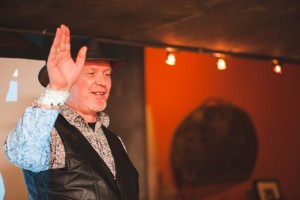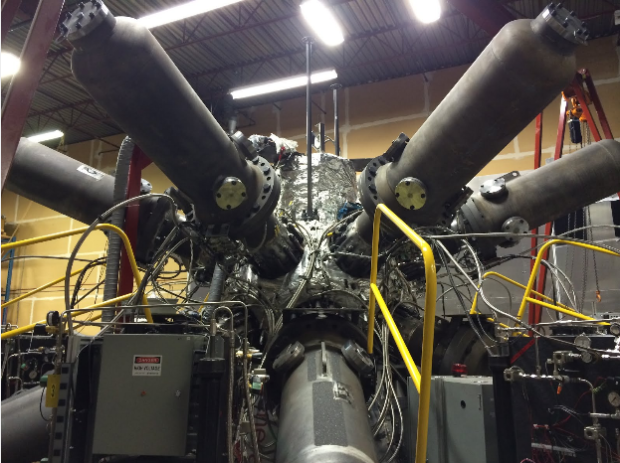
Every Canadian technology startup that’s delighting and delivering value to its customers, while creating a meaningful workplace culture, is a story worth sharing. Every entrepreneur earning the opportunity to keep the lights on another day deserves a high-five.
I’m not big on picking favourites. So with a twist on the usual list-bait, here’s a look at the year that was by reflecting on the biggest issue, the biggest idea, and the biggest win.
These words are homeless without the internet. Despite being 25 years old, the promise of an open and free internet seems like a pipe dream. The architect of the world’s information network, Tim Berners-Lee, believes that “we need diversity of thought in the world to face the new challenges.” Yet the social value of today’s internet is being challenged and undermined everyday by the actions of deceitful of governments and plundering corporations. 
Former Google developer advocate Tim Bray has lent his voice to this biggest of issues, and his words resonate throughout: “It’s OK to be Pro-Privacy Without Being a Crook, Pervert, or Terrorist.”
I imagine being with my kids and marvelling at the beauty of a rainbow revealing itself after the dark deluge of a winter storm blasts through, and it passes as our conversation about climate change. Talk about fleeting and borderline delusional thoughts. I do imagine a world where our relationship with fossil fuels isn’t driving the climate change debate.
Rather than just imagining how such a world will look, Dr. Michel Laberge and his General Fusion team is working towards delivering “the Promise of Clean Energy.” This is not only the biggest idea of 2014, but it’s possibly the most meaningful endeavour for our children I’ll never know.
It was a shot in the dark, emailing info@ in the hopes in securing an interview with one of Vancouver’s more successful startup entrepreneurs. On the heels of raising $42 million in new funding for a business completely off my radar, I figured the odds of catching up with Stewart Butterfield to get the story of Slack was firmly entrenched between slim and negligible.
The personal reply from Butterfield caught my attention. More so, our conversation left an impression and no accompanying sense of shock when the news dropped he’s now leading Vancouver’s newest billion dollar company. Raising $120 million for this new communication platform counts as the biggest win, and confirms “This Guy’s No Slacker.”
Orange jumpsuits aren’t my idea of high fashion. I’m fond of suggesting good entrepreneurs have to be rule breakers, or makers of new rules. Just not breaking them to a felonious point. Being true to my word and breaking my editors rule, there’s a fourth Vancouver startup story that’s of the big “pie-in-sky” variety.
Actually, it’s a two big HD cameras in the sky story that caught my attention. Like our tenuous and tempestuous relationship with the internet or re-imaging the powering of our world, Urthecast is changing how we can see our planet. Maybe if we look at our world from a different point of view we’ll start treating it and ourselves better. Let’s move forward into 2015 taking action for good and being most mindful that “We’re All in This Together.”
This story was originally published in BetaKit










